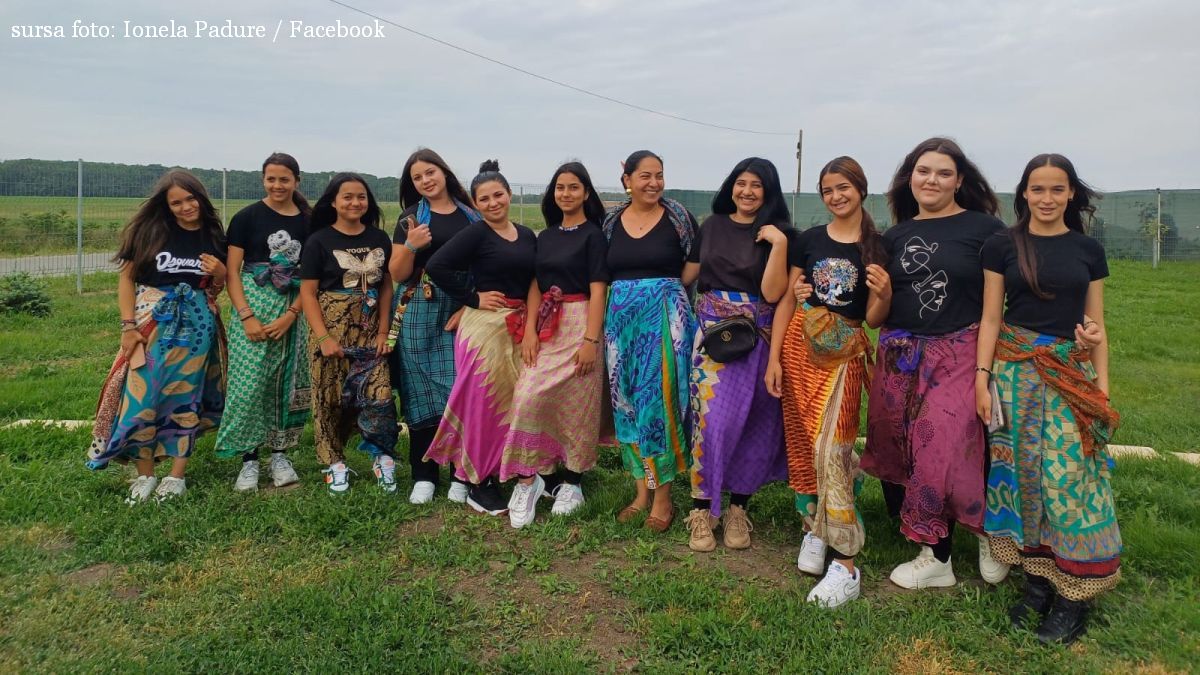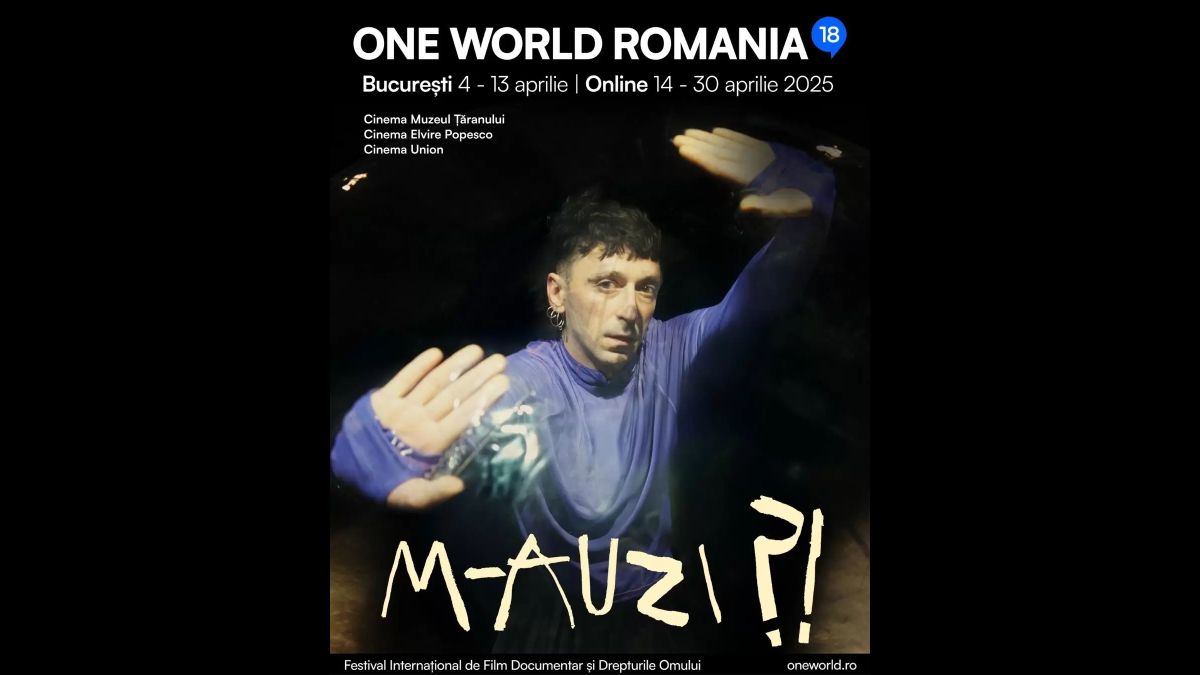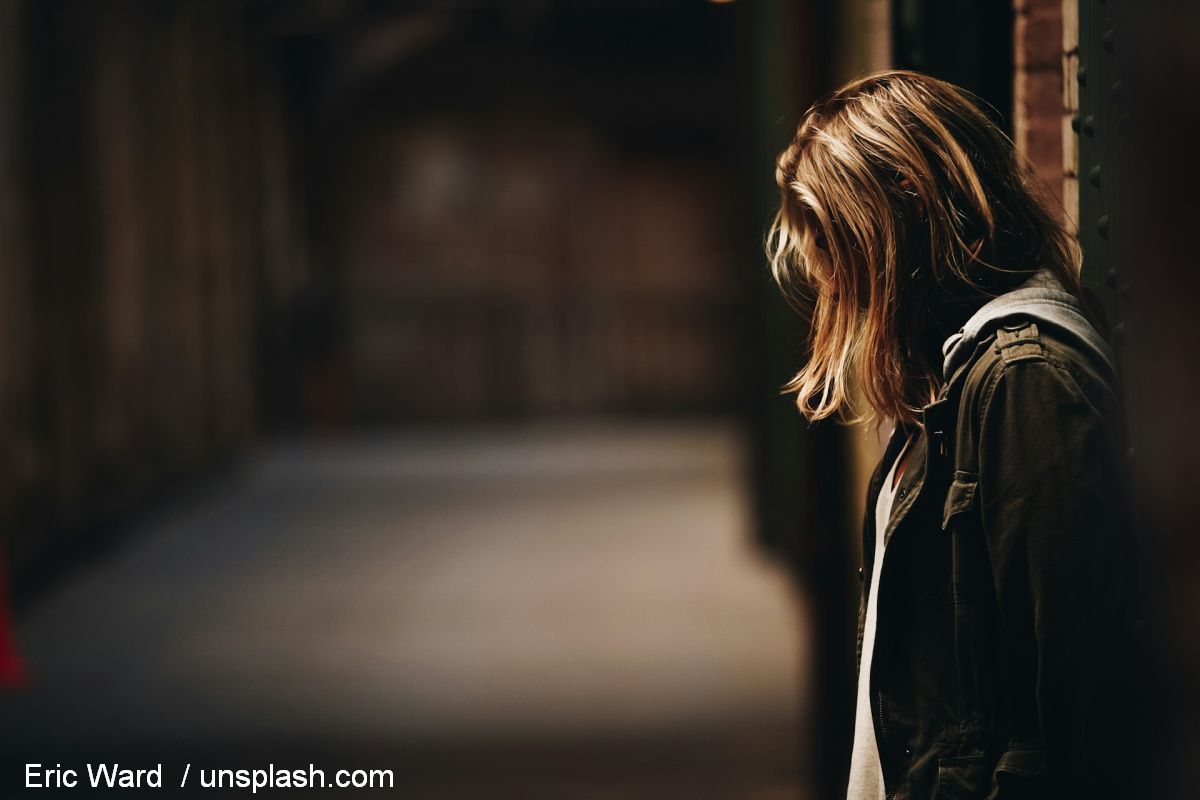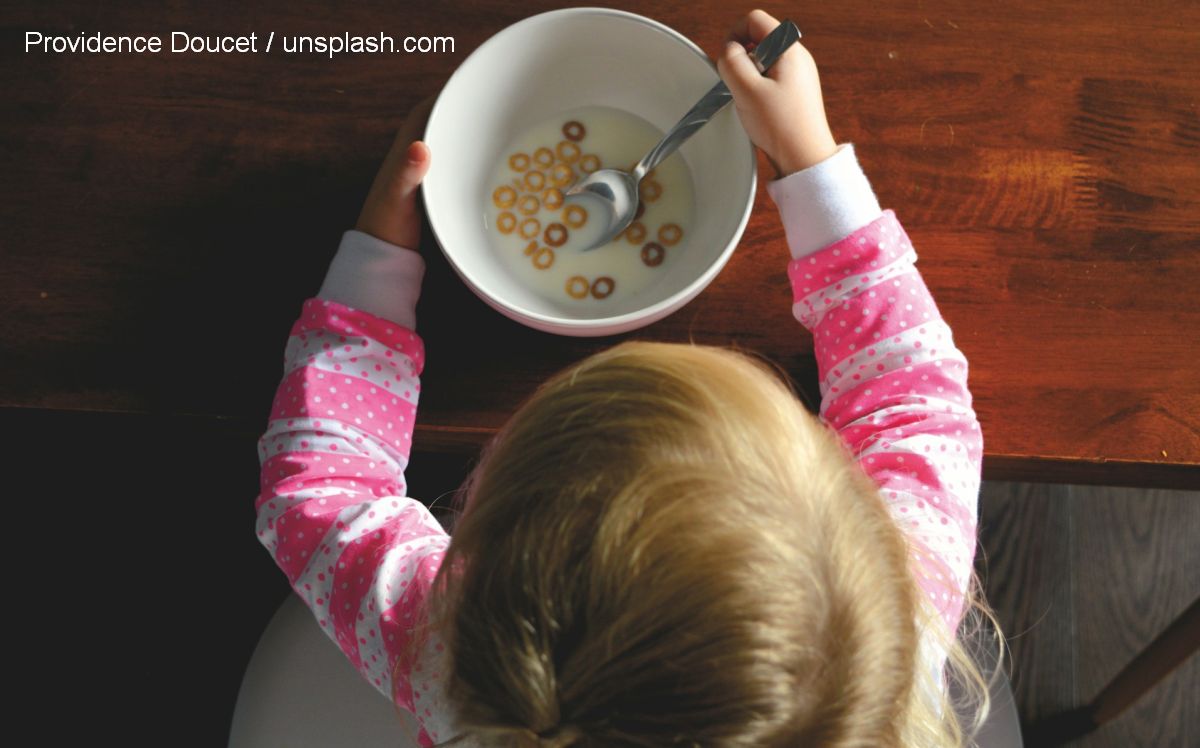No Child Alone in Hospital volunteer programme
The increase in the number of cancer cases in Romania has also affected children.
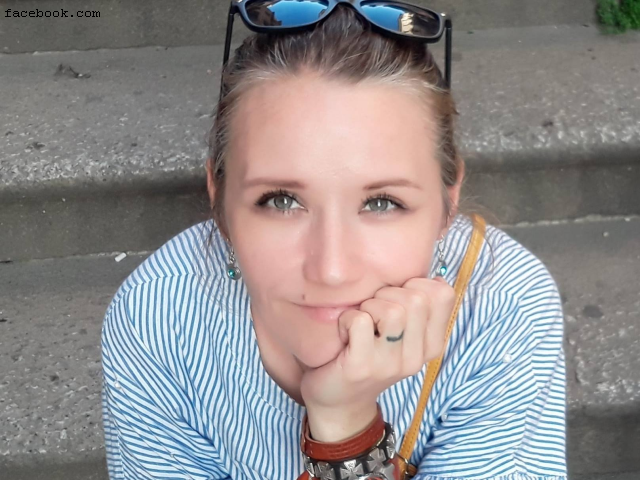
Ana-Maria Cononovici, 01.08.2018, 13:17
The increase in the number of cancer cases in
Romania in recent years has also affected children. What makes things worse in
children’s case is when they have to go through this alone. Children’s
hospitals in Romania, few in number and usually very crowded, are also home to
an increasing number of infants and children who are either abandoned or are
rarely visited by their relatives or who have to stay in hospital for many
months. Although the medical staff do their best to help them, children often
miss their parents’ affection, which is sometimes critical in their healing.
In order to make up for the missing affection,
the Children’s Heart Association started a project entitled No Child Alone in
Hospital. The initiative belongs to Adelina Toncean and the project is
currently being implemented at the Maria Sklodowska Curie Children’s Clinical
Emergency Hospital in Bucharest. Adelina Toncean explains:
I’m a volunteer in the neonatal intensive care
unit. I began my volunteering activity after I took two kids with serious
medical conditions in foster care. Unfortunately, one of them has not made it.
The other one was left alone in hospital for one year and a half. He has now
recovered from a medical point of view, but the trauma of being left alone is
still visible. I have always said to myself that, maybe one day, there will
more of us volunteering to spend time with kids in hospital. At present, there
are 3,200 people who have signed up for the project, all of whom want the same
thing: to help children left alone in hospital. We have named the project No
Child Alone in Hospital in order to create a functional model that can be used
anywhere else.
Adelina Toncean has kept many children in her
arms, has fed them and helped them during treatments and the most difficult
periods of their illness. She grew attached to each and every one of them, and
on the day when we spoke to her, one of the children she was taking care of was
going through some bad moments. Adelina Toncean:
It’s one of the children I have fed every day.
I have visited David every day. First I fed him with a syringe and then with a
feeding bottle. And today I saw him again in hospital. It happened to him what
usually happens to lonely children: they are discharged from hospital and go
home, but come back because they don’t feel well. I saw him again being fed
through a tube, sick with measles. Then there is another child who hasn’t have
much time left in this world, which is a very sad time for volunteers and the
hospital staff.
Lots of people have already volunteered to be
part of the programme, from young people over 15 years of age to elderly people
with grandchildren of their own. The minimal requirements for being accepted
into the programme are for the volunteers to have no communicable diseases and
to attend a training session teaching them how they can help in the intensive
care ward and preparing them for coping with a place where the thin line
between life and death may be crossed in any moment. Adelina Toncean tells us
that the training is done with the help of Petruta:
Petruta is a manikin used for simulation. It
looks just like a doll weighing as much as a newborn, and has a backbone and
collarbone, and the head needs to be properly supported, just as with
newly-born children. Petruta is supposed to resemble as much as possible the
state of the children in our wards: it’s fed through a tube, it has catheters,
cannulas, etc. It helps volunteers to learn, without the fear of harming the
children, how babies can be touched, what the most important forms of touch
are, and how to hold them, because all babies need to be held. This is what our
reality looks like: an intubated baby in the arms of someone who allows them to
fall asleep listening to somebody’s heartbeat instead of listening to a
machine.
Andrada Constantiniuc is one of the volunteers
who have trained with Petruta:
I have volunteered for a long time in other
cities, and when I came to Bucharest I tried to find something that would suit
my interests. When I read an article about this project, I immediately realised
that this is where I belong. At the Marie Curie Intensive Care ward there are
several babies without parents and who are always alone, and for this reason
they recover a lot slower. Our role is to spend time with them, to help the
healthcare staff feed them, because some babies take as long as one hour to
drink 100 ml of milk, and simply to be with them. A child that feels physical,
human touch recovers a lot quicker, their brain develops a lot faster and they
want to live, unlike those who are lonely and just give up the fight.
Because a lot of volunteers are enrolled in the
programme, each of them spends there 2-3 hours a week, particularly during meal
times. But this is enough for them to feel that they have received something in
return. Andrada Constantiniuc:
In principle, it’s not just the children that
benefit from this, but the volunteers as well. It makes you see what the truly
important things are in life, and it helps you to no longer feel stressed by
minor problems.

